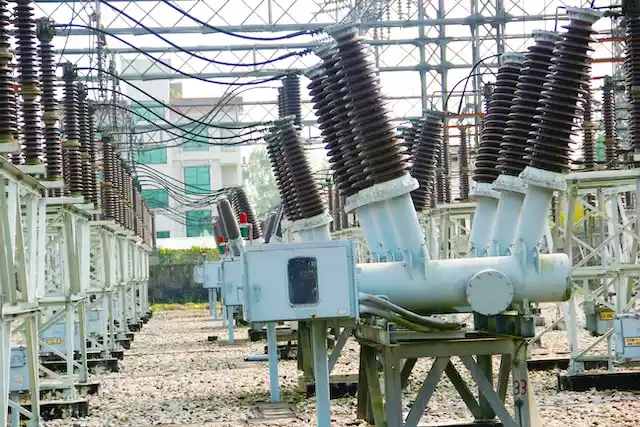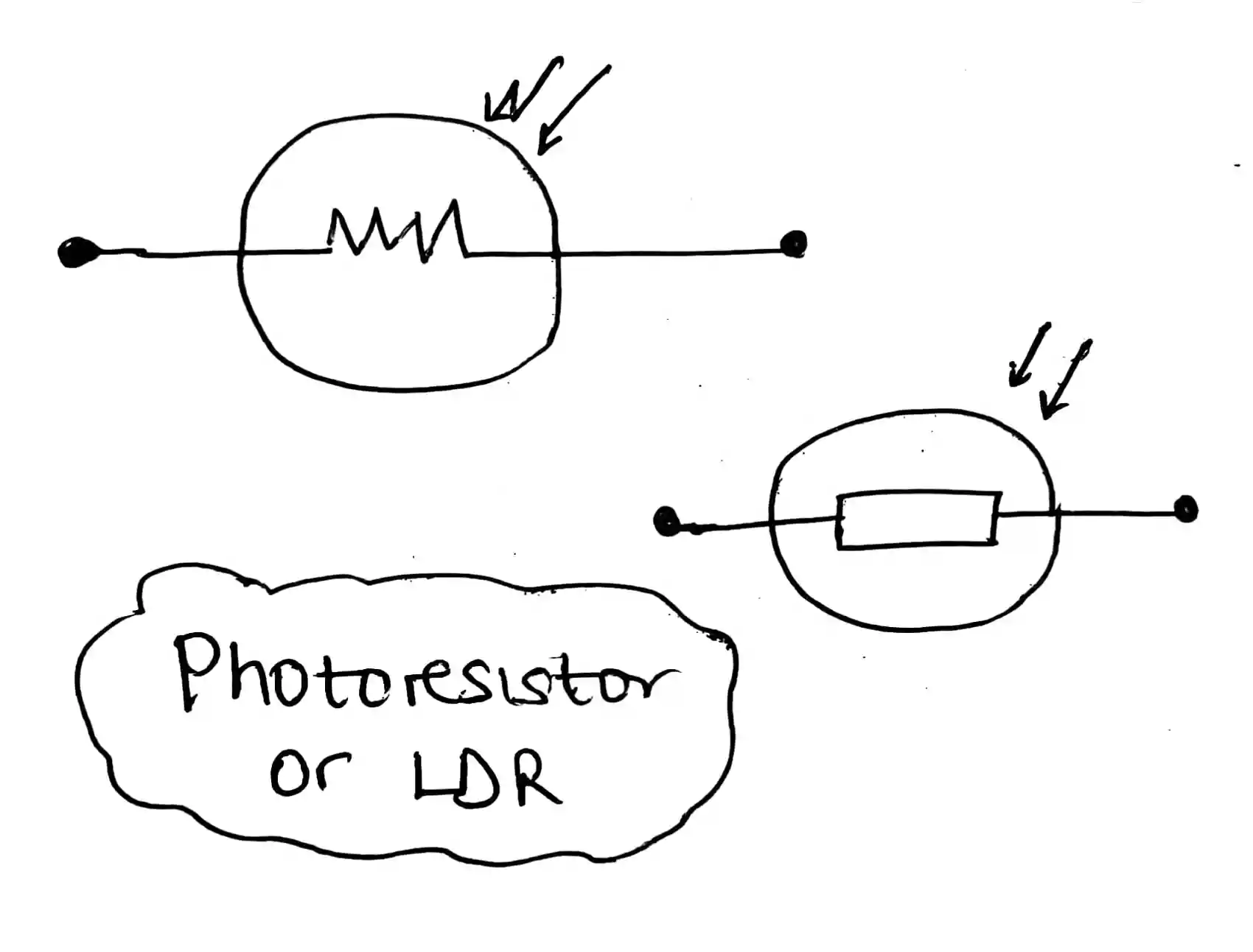What Causes Voltage and Power Fluctuation?

Voltage and power fluctuation are common occurrences in electrical systems, often causing disruptions and potential damage.
In this article, we will look at the factors that contribute to voltage fluctuation, its relationship with power, and the sources and consequences of power fluctuation.
Table of Contents
Understanding Voltage Fluctuation
Definition and Explanation
Voltage fluctuation refers to the variation in the voltage level supplied by an electrical system. It occurs when the voltage deviates from its nominal or expected value.
The nominal voltage in most residential areas is 220-240 volts AC, while industrial areas may have different voltage standards.
Voltage fluctuations can manifest as both overvoltage and undervoltage conditions.
Overvoltage occurs when the voltage exceeds the normal range, while undervoltage refers to voltage levels lower than the standard.
These fluctuations can occur intermittently or persistently.
Factors Causing Voltage Fluctuation
Voltage fluctuations can arise due to several factors, including:
- Load Variations: Rapid changes in the electrical load demand, such as sudden increases or decreases in power consumption, can lead to voltage fluctuations.
- Network Disturbances: Issues within the power grid, such as faults, transformer failures, or transmission line problems, can cause voltage fluctuations.
- Environmental Conditions: Extreme weather conditions like storms, lightning strikes, or power surges can induce voltage fluctuations.
- Equipment Operations: The operation of heavy machinery or large electrical equipment can create voltage imbalances and result in fluctuations.
- Electrical Noise: High-frequency electrical noise from other devices or electrical systems can introduce voltage fluctuations into the power supply.
Understanding Power Fluctuation
Power fluctuation is closely related to voltage fluctuation and is a measure of the rate at which electrical energy is transferred or consumed.
It is the product of voltage and current and is measured in watts (W) or kilowatts (kW).
The relationship between voltage and power can be expressed by Ohm’s Law, which states that power is equal to the product of voltage and current (P = V × I).
Therefore, fluctuations in voltage can directly impact power levels. For example, if the voltage increases while the current remains constant, the power will increase proportionally.
Factors Influencing Power Fluctuation
Several factors can influence power fluctuation:
- Voltage Fluctuation: Changes in voltage levels directly affect power levels. Variations in voltage can result in corresponding fluctuations in power.
- Load Variations: Changes in the electrical load, which refers to the amount of power consumed by devices and appliances, can cause power fluctuations. Fluctuating loads can lead to varying power requirements.
- Power Factor: Power factor is a measure of how effectively electrical power is used. Low power factor can result in inefficient power usage and fluctuations in power levels.
- Equipment Efficiency: The efficiency of electrical equipment can impact power fluctuations. Inefficient devices may consume more power or experience power losses, leading to fluctuations in power supply.
Effects of Voltage and Power Fluctuation
Voltage and power fluctuations can have various adverse effects, including:
1. Equipment Damage
Voltage and power fluctuations can damage sensitive electronic equipment. Rapid changes in voltage or power levels can stress the components, leading to malfunctions or even complete failure.
Expensive devices such as computers, televisions, and home appliances are particularly vulnerable.
2. Reduced Lifespan of Appliances
Continuous exposure to voltage and power fluctuations can shorten the lifespan of electrical appliances.
The inconsistent voltage and power levels can cause wear and tear on the internal components, resulting in frequent breakdowns and the need for replacement.
3. Electrical Hazards
Voltage and power fluctuations can pose electrical hazards, risking the safety of individuals and property.
Unstable voltage and power levels can cause electrical sparks, overheating, or electrical fires, putting lives at risk and potentially damaging structures.
Sources of Power Fluctuation
Several sources contribute to power fluctuations, including:
1. Weather Conditions
Severe weather events like storms, lightning strikes, or power grid disruptions during natural disasters can lead to power fluctuations.
Strong winds, heavy rainfall, or snowfall can damage power lines and affect the stability of the electrical supply.
2. Faulty Electrical Equipment
Malfunctioning or poorly maintained electrical equipment within a building or facility can introduce power fluctuations.
Aging or faulty wiring, defective transformers, or damaged circuit breakers can cause voltage spikes or drops, affecting the overall power quality.
3. Power Grid Issues
Problems within the power grid, such as inadequate infrastructure, insufficient load balancing, or improper maintenance, can result in power fluctuations.
Inefficient distribution systems or outdated infrastructure can contribute to voltage instability.
Consequences of Power Fluctuation
Power fluctuations can have several detrimental consequences, including:
1. Data Loss and Corruption
Inconsistent power supply can disrupt electronic devices and data storage systems, leading to data loss or corruption.
Sudden power interruptions during data transfer or inadequate power quality can have severe implications for businesses and individuals.
2. Productivity Loss
Fluctuating power can disrupt industrial operations, causing downtime and productivity loss.
Manufacturing processes, sensitive equipment, and critical infrastructure heavily rely on stable power supply.
Power fluctuations can result in interruptions and delays, affecting productivity and profitability.
3. Safety Risks
Power fluctuations pose safety risks in various settings. In hospitals, unstable power can affect medical equipment and patient care.
In workplaces, voltage, and power fluctuations can jeopardize the safety of workers, particularly in hazardous environments where stable electricity is vital for safety systems.
Measures to Prevent Voltage and Power Fluctuation
To mitigate the risks associated with voltage and power fluctuations, the following measures can be implemented:
- Voltage Stabilizers: Installing voltage stabilizers can regulate and stabilize the voltage levels, preventing fluctuations and protecting connected devices.
- Uninterruptible Power Supply (UPS): Using UPS systems can provide backup power during voltage and power fluctuations or power outages. It ensures uninterrupted operation and protects critical equipment.
- Regular Maintenance and Inspections: Conducting regular maintenance and inspections of electrical systems and equipment helps identify potential issues that can cause voltage and power fluctuations. Timely repairs and replacements can prevent further problems.
Wrap Up
Voltage and power fluctuations can have detrimental effects on electrical systems, appliances, and safety.
Understanding the relationship between voltage and power is crucial for comprehending the impacts of fluctuations.
By implementing preventive measures such as voltage stabilizers, UPS systems, and regular maintenance, individuals and businesses can safeguard their electrical infrastructure and mitigate the risks associated with voltage and power fluctuations.
FAQs (Frequently Asked Questions)
- How can voltage and power fluctuations damage electronic devices? Voltage and power fluctuations can stress the internal components of electronic devices, causing malfunctions or complete failure.
- Can power fluctuations lead to data loss? Yes, inconsistent power supply can disrupt data storage systems, resulting in data loss or corruption.
- What are the safety risks associated with power fluctuations? Power fluctuations can jeopardize the safety of workers and patients in various settings, compromising critical systems and equipment.
- How can regular maintenance help prevent voltage and power fluctuations? Regular maintenance and inspections can identify potential issues, allowing timely repairs and replacements to prevent voltage and power fluctuations.
- What measures can be taken to protect against voltage and power fluctuations? Installing voltage stabilizers, using UPS systems, and conducting regular maintenance are effective measures to protect against voltage and power fluctuations.





